Last Updated on August 28, 2025
Table of Contents
The Trump administration recently unveiled a brand new website featuring the video testimonials of countless Americans who have been affected by the ongoing opioid crisis in the U.S.
In President Trump’s own video message to the public, he highlights the facts that drug overdoses are now the leading cause of accidental deaths in the U.S. and about 175 Americans die of a drug overdose every day. Most of these deaths are caused by opioids.
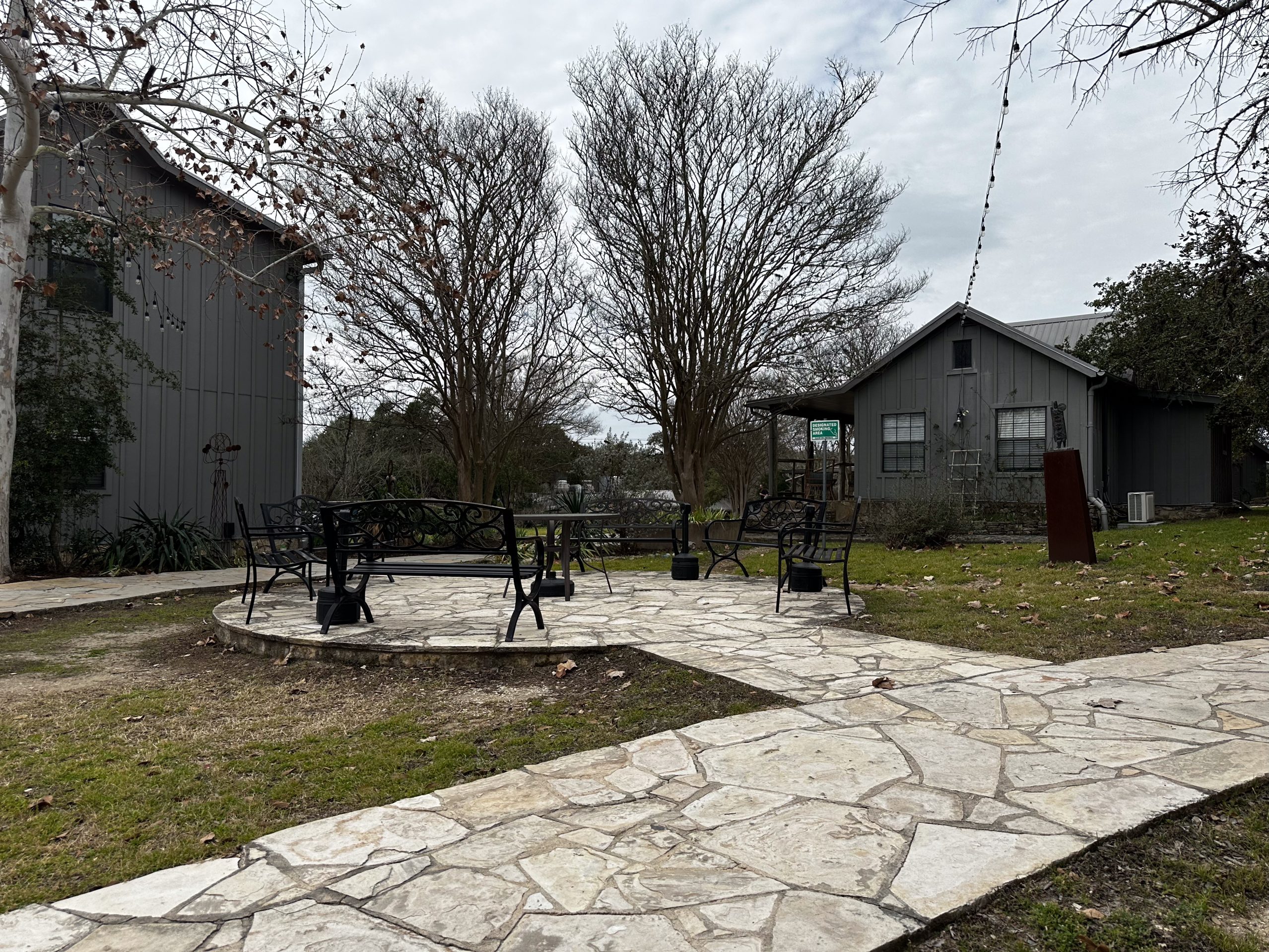
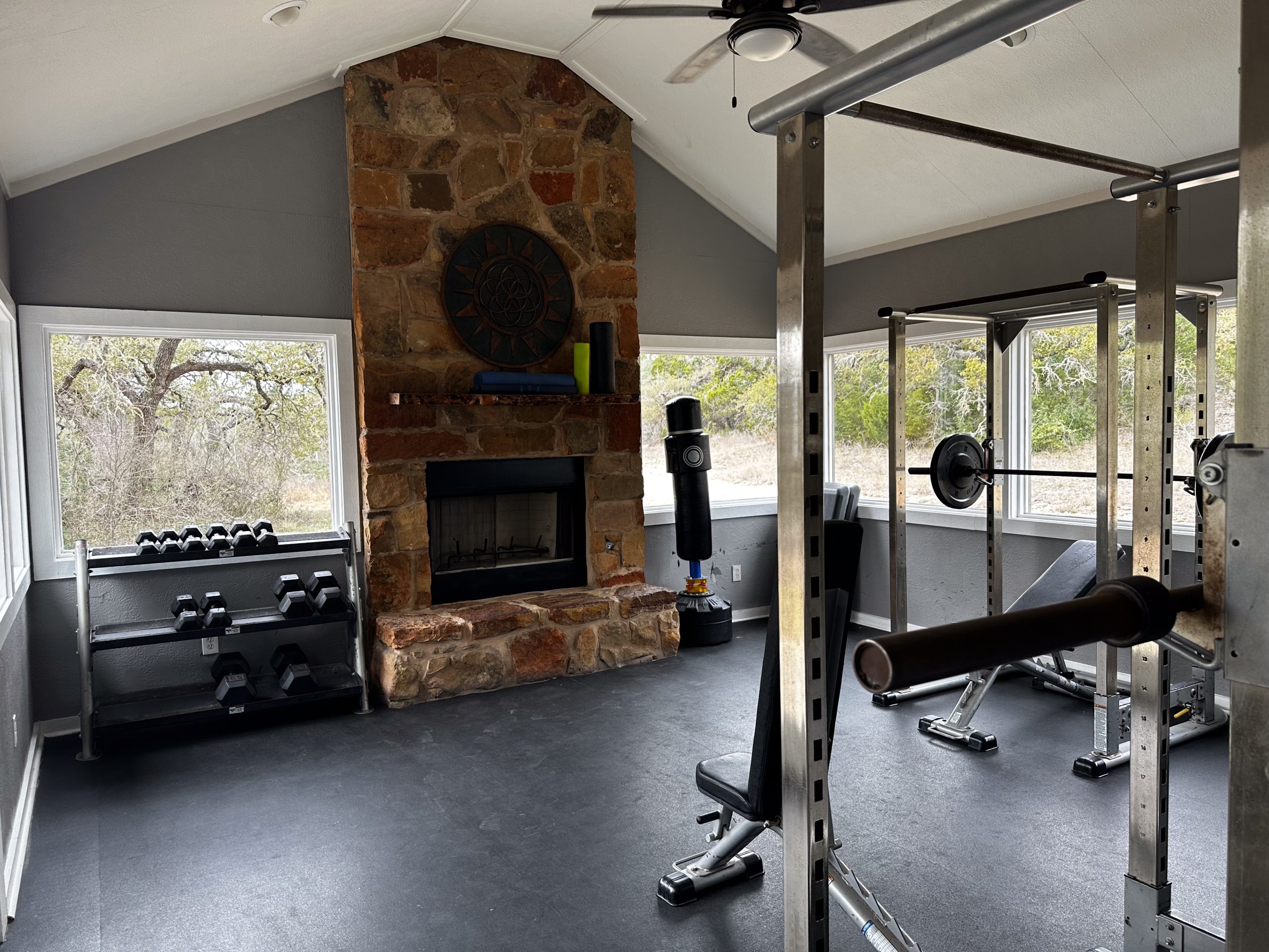
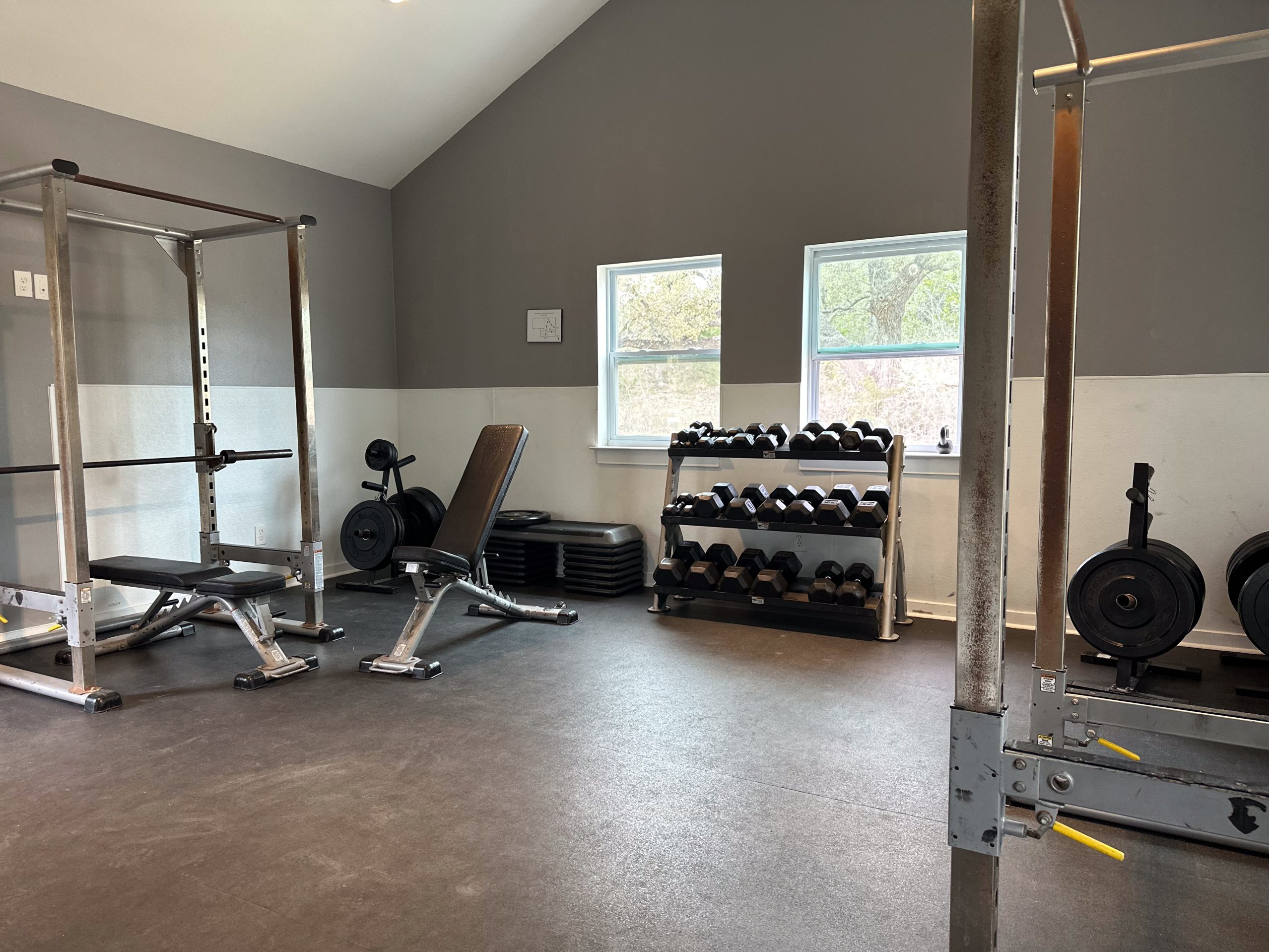
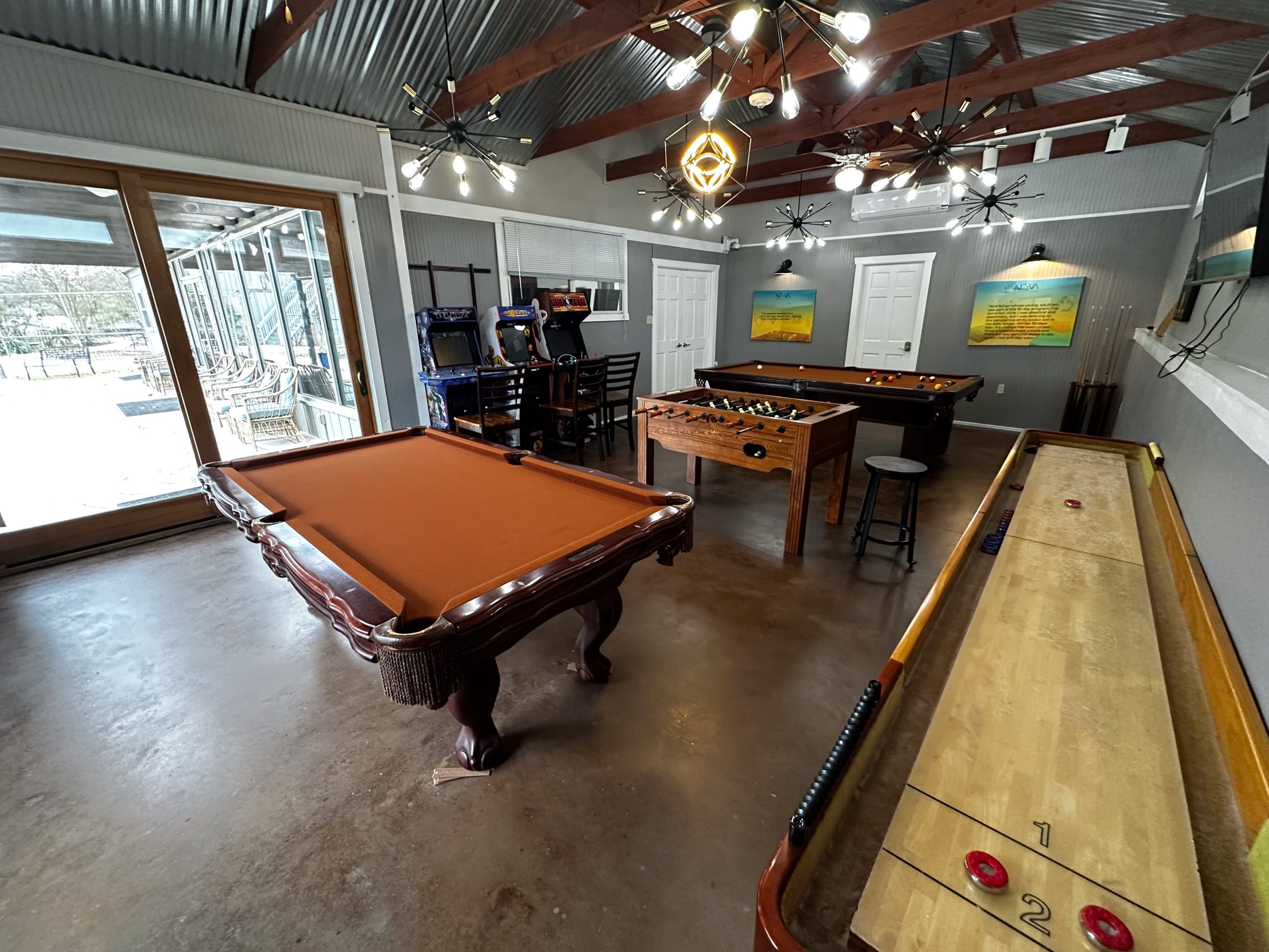

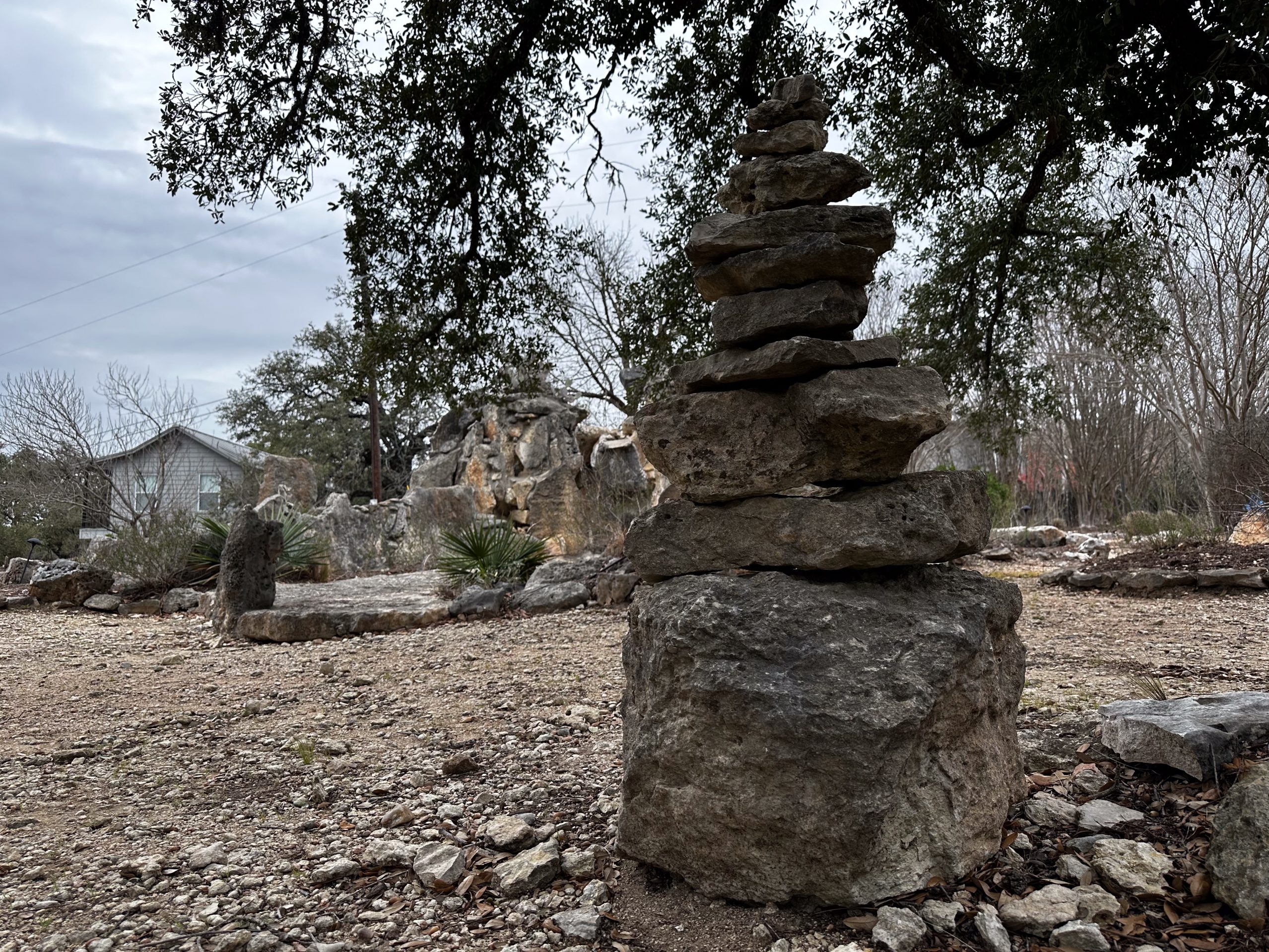
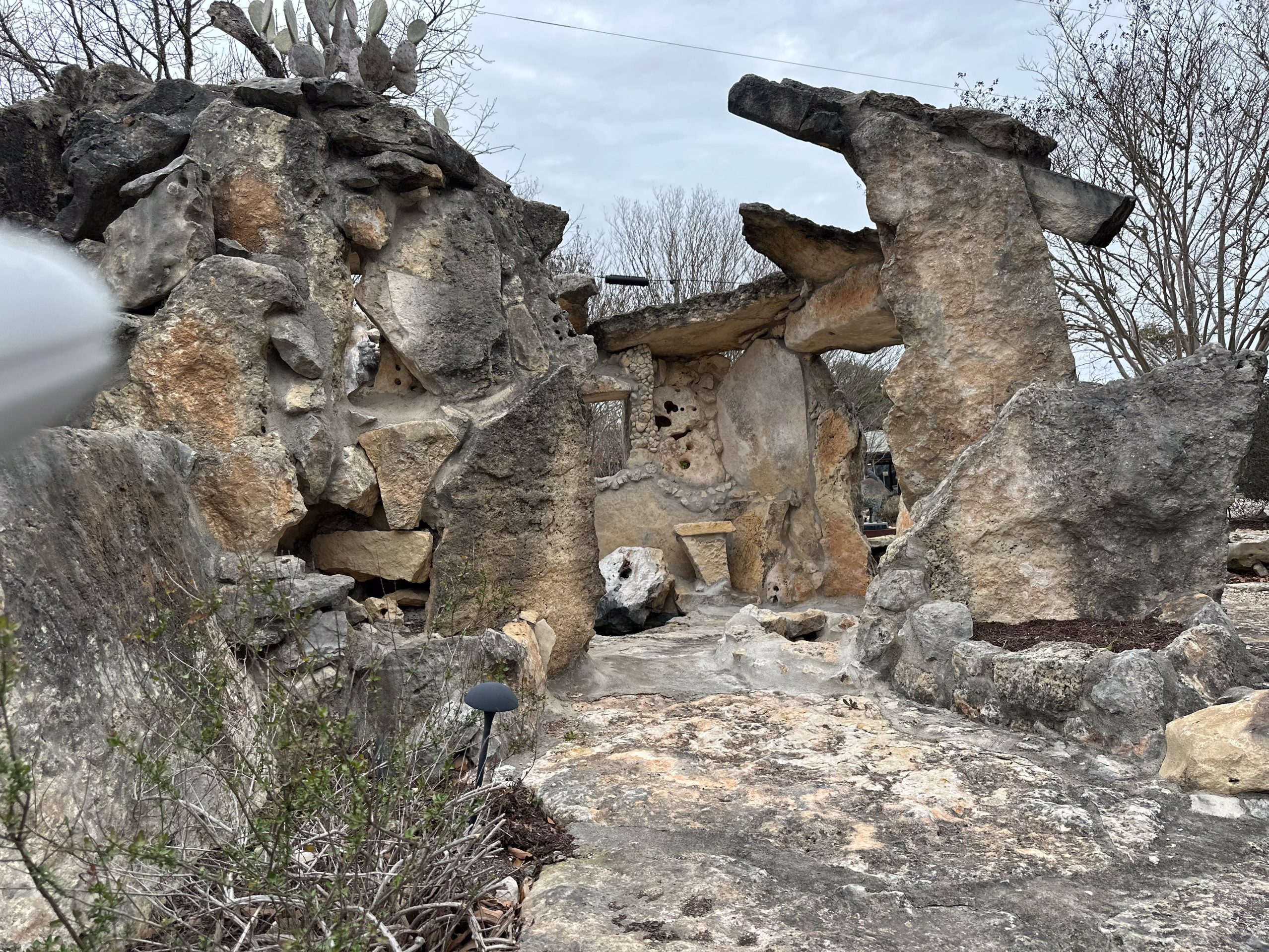

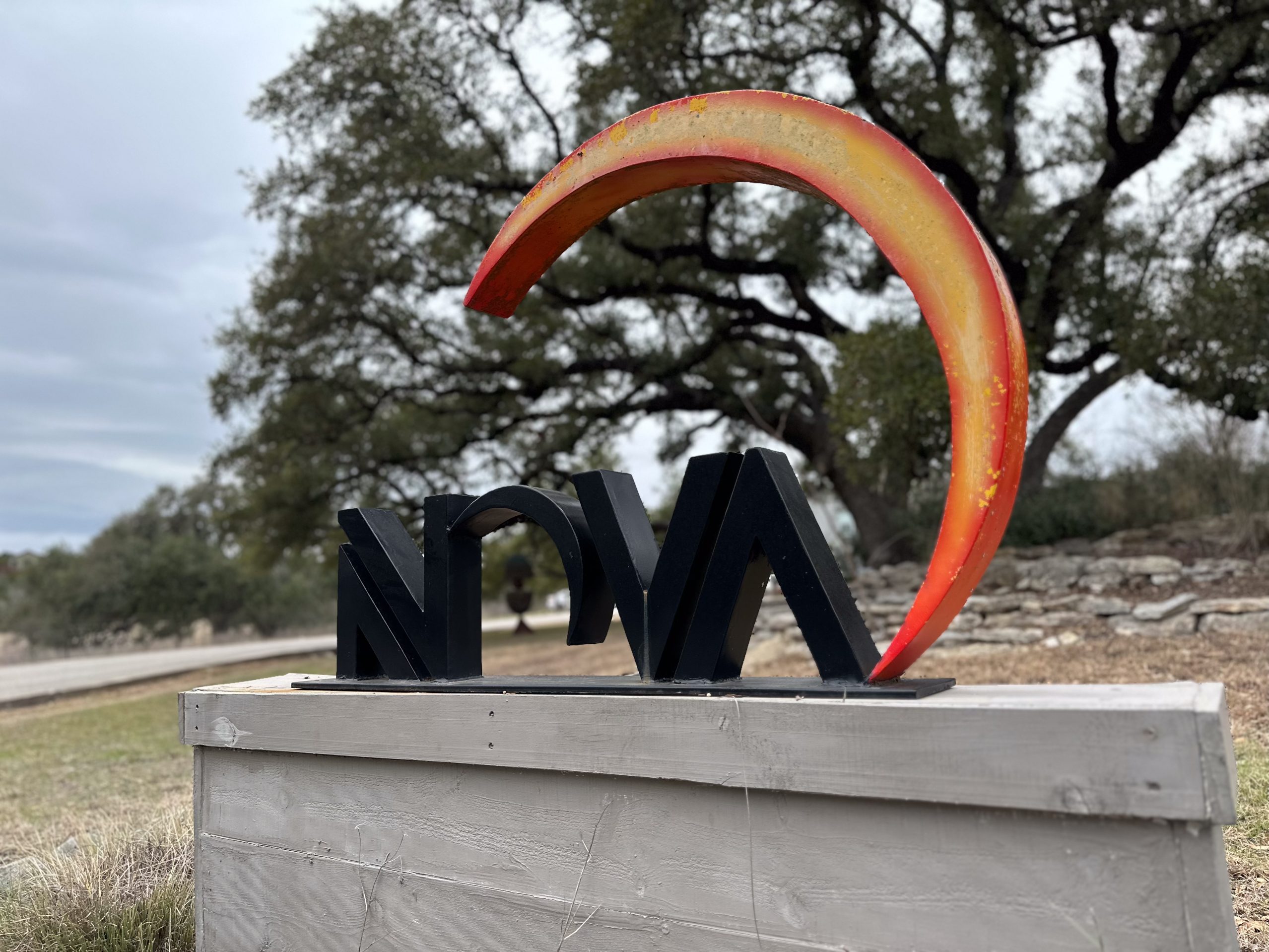
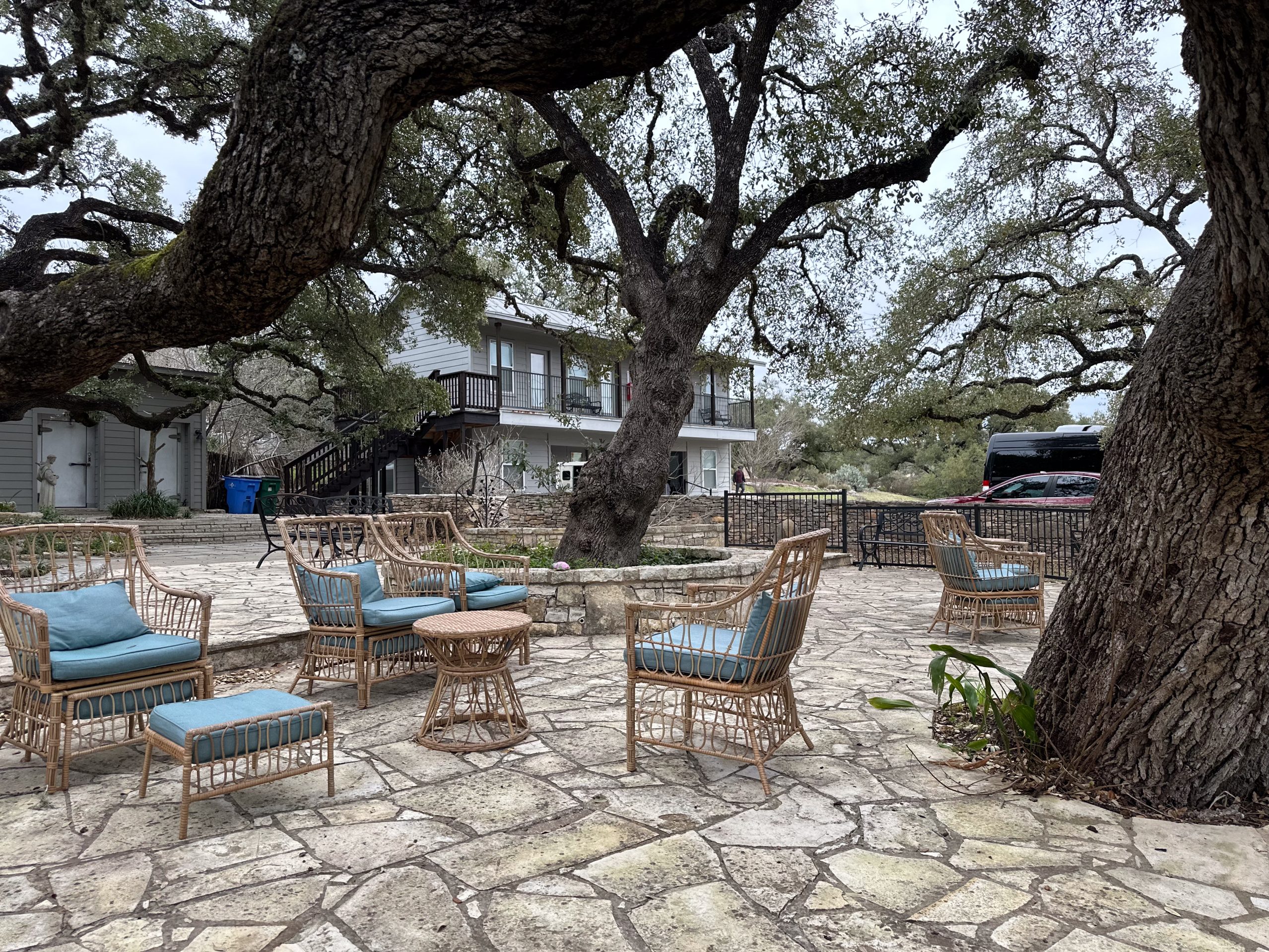
The website, www.crisisnextdoor.gov, aims to combat the opioid crisis by removing the stigma of addiction and sharing the personal stories of people from all walks of life who have directly or indirectly been affected by substance use disorders and drug addiction. These videos feature people of all ages, races, and backgrounds living in different places all over the country, yet they’re all facing the same struggles and challenges.
Last year, the Trump administration declared the opioid crisis a National Public Health Emergency and this new website continues to expand the conversation about prevention, stigma, addiction, and the importance of drug rehab and other effective forms of treatment.
The Opioid Crisis In America
Although the new website is an initiative aimed at addressing the drug overdose crisis in America as a whole, the opioid epidemic in America continues to take center stage. Opioid drug abuse and overdoses have had a significant impact on our country over the last two decades.
- More than 300,000 people have lost their lives to opioid drugs since 2000.1
- Synthetic opioid deaths increased by 72 percent from 2014 to 2015.1
- In 2016, more than 2 million Americans were addicted to prescription or illegal opioids.1
- The number of opioid prescriptions increased from 112 million in 1992 to 282 million in 2012.2
- In 2016, 948,000 people ages 12 and up (0.3 percent of the U.S. population) used heroin.3
Drug Overdose Deaths — Trends (2023–2024/2025)
In 2023, there were approximately 105,000 total drug overdose deaths, with nearly 80,000 involving opioids (about 76%).
In 2024, drug overdose deaths dropped by nearly 27%, falling to around 80,000–80,400—the sharpest single-year decline on record and the lowest annual toll since 2019.
Data for the 12 months ending March 2025 shows about 77,648 overdose deaths, a 25% decline year-over-year.
For the 12 months ending December 2024, there were approximately 80,400 overdose deaths, equating to 220 deaths per day (down from 110,000 in 2023)
Emerging Threats — Nitazenes
A new synthetic opioid, nitazene, is alarmingly potent—estimated to be up to 43 times stronger than fentanyl—and often resistant to naloxone (Narcan). This poses a rising overdose risk despite overall declines in overdose deaths
Federal Policy and Grant Updates
July 2025: Senators Sheldon Whitehouse and Chuck Grassley introduced a bipartisan bill to reauthorize the Comprehensive Opioid, Stimulant, and Substance Use Program (COSSUP)—supporting prevention, treatment, law enforcement, and recovery efforts.
August 2025: Over 100 national, state, and local organizations urged Congress to pass the Comprehensive Addiction and Recovery Justice Grant Reauthorization Act of 2025, reinforcing support for COSSUP’s evidence-based, community-tailored programs.
FY2026 Appropriations: Funding for the Comprehensive Addiction and Recovery Act (CARA) increased by $2 million, from $418 million in FY2025 to $420 million—expanding support for alternatives to incarceration, MAT access, overdose prevention, and first-responder training
Freedom Starts Here. Take Back Your Life Today.
Same-Day Admissions in Austin Available.
Benefits of Sharing Your Addiction Story
Whether you were personally addicted, your child suffered from addiction, or you have a friend who is currently struggling with addiction, there are many great reasons to share your story. Here are just a few:
- It encourages others to get help. A lot of people may shy away from seeking treatment at a drug and alcohol rehab center because they are afraid of what others might think or because they think they’re the only one struggling with these problems. Hearing your story might just be the encouragement a person needs to overcome their fear of treatment and start making a change in their own life.
- It reduces stigma and increases education. Having open and honest conversations about drug addiction is a great way to educate people who may otherwise be unaware of what drug addicts actually experience in active addiction. Educating others about the complex disease of addiction may also give people the tools and knowledge they need to more effectively help an addicted loved one get into detox and rehab and start the healing process.
- It minimizes loneliness. Drug and alcohol addiction is a very isolating disease and often times, the shame and embarrassment of drug-using behaviors can keep a person from getting the help they need. Even people who have completed drug rehab and are in recovery may still struggle to share details about their personal struggle with addiction. Sharing these stories not only connects people to others who have struggled with the same things, but it also encourages those who are actively addicted to come out of the shadows and get the help they need.
- It helps you prioritize your recovery. Sharing a personal story of addiction can be really difficult and challenging, but it can also be a vivid reminder of how far a person has come and much they’ve grown. Sharing a story of addiction and recovery is not only inspiring to others, but it’s a constant reminder of the past and the importance of the daily work that’s put in to maintain sobriety.
Recovery Month & Recovery-Ready Initiatives
September 2023: The White House hosted a National Recovery Month Summit, emphasizing a “Recovery‑Ready Nation” as part of President Biden’s Unity Agenda and National Drug Control Strategy, with ONDCP Director Dr. Rahul Gupta leading the effort.
2024–2025: The Biden-Harris Administration advanced the concept of Recovery‑Ready Workplaces, including HR and business leaders, highlighting policies to support employees in recovery and sharing early survey findings on “Recovery-Friendly Workplaces.” Over 21 million Americans are currently in recovery. The administration called on employers to join these efforts
.
Helping a Loved One or a Stranger Get the Addiction Treatment They Need
Sharing your personal story of addiction or that of a loved one may help a loved one or a stranger get the help they need to fully recover. You can upload your own video testimonial to the new Crisis Next Door website by visiting the site and clicking the “Share My Story” button.
References:
Other Drug and Alcohol Rehab Locations
Frequently Asked Questions About Life After Addiction and the Sobriety Journey
What are the stages of addiction recovery?
Recovery often unfolds in phases: realizing there’s a problem, getting help, managing early sobriety, gradually building a new life, and finally, deep personal growth. Each person’s path is unique—some find clarity through therapy, support groups, or meaningful community involvement.
Can addiction recovery succeed without rehab?
Absolutely—it depends on your individual needs. While rehab can be transformative, many people thrive with outpatient services, therapy, peer support, recovery coaching, or self-guided tools.
What does a sobriety journey look like?
Imagine turning the page: early days feel fragile, curiosity grows, new routines form, sober friends appear, and gradually—a life unfolds that’s richer, clearer, and full of possibility.
How do people stay motivated on a sobriety journey?
Motivation often comes from small wins—feeling clear‑headed, reconnecting with passions, hearing others’ stories, and building a gentle yet ironclad belief that life can unfold beautifully without substances.
How do you maintain a sober lifestyle in social situations?
It starts with knowing yourself. Bring a mocktail, suggest alcohol‑free hangouts, and find people who respect your vibe. Over time, you’ll attract spaces that celebrate joy, connection, and authenticity—without pressure to drink.
What does a daily sober lifestyle routine include?
It varies—but common threads are routines you love: morning walks, journaling, creative outlets, nourishing meals, check‑ins with supportive peers, and carving safe time for healing and purpose.
What changes after getting sober?
You reclaim your life. You’ll notice clearer thinking, deeper relationships, rediscovered passions, and a surprising energy to live more fully than you ever thought possible.
How do you rebuild life after addiction?
With compassion, structure, and creativity. You find your rhythm again—learning new skills, building community, and gently shaping a life rooted in purpose instead of survival.
What does recovery success mean?
Success isn’t a trophy—it’s a day you remember you’re living the way you want to. It could be a month sober and showing up differently, or a year of steady growth—whatever feels true and sustaining to you.
How can recovery success be measured?
Through personal markers: self-respect regained, improved relationships, inner peace, resilience to relapse, and a sense of belonging—often more meaningful than numbers.
What are examples of inspirational recovery stories?
Stories of moms healing families, artists rediscovering their voice, athletes rebuilding their health—these narratives remind us recovery looks like real, vibrant lives renewed.
Why do people share their stories of recovery?
Because sharing is healing. Your experience—your struggle and triumph—can spark courage in someone else. It reminds us we’re not alone and that change is possible.
What services does Nova Recovery Center offer?
Nova supports recovery with personalized programs—therapy, peer groups, relapse prevention, family support, and holistic healing approaches tailored for each person.
Where is Nova Recovery Center located?
Check your post’s details for the most accurate location information—but Nova usually serves local communities with both in-person and virtual options to make healing accessible.
How does hope support healing in recovery?
Hope is a lifeline. It whispers, “You can do this.” It fuels the courage to wake up once more, reach for help, and believe that life can be better.
What healing methods aid addiction recovery?
Healing blends therapy, peer support, trauma-informed care, coaching, creativity, movement, spiritual practices, and community connection—woven together like threads in a quilt.
What transformations happen after rehab?
Post-rehab is about becoming who you’re meant to be—not who addiction taught you to be. You start trusting yourself, rediscover joy, heal relationships, and find a purpose bigger than survival.
How long does it take to feel transformed after rehab?
Transformation isn’t linear—it can feel sudden or gradual. Some feel shifts in weeks, others notice deep change over months or years. What matters is gentle consistency and belief in the process.
How can a woman feel empowered during recovery?
By reclaiming her story, listening to her heartbeat, choosing her path, leaning on allies, setting boundaries, and honoring her strength—every step forward is a chapter of empowerment.
What support exists for women in recovery?
Women can tap into gender-specific therapy, women-led support groups, trauma-informed care, mentorship programs, and communities focused on reclaiming strength with tenderness.
How do people maintain long‑term sobriety?
Through routines that work, community that holds them, tools to handle triggers, self-awareness, and giving back—each day builds a stronger foundation.
What challenges occur in long‑term sobriety?
Life’s curveballs—stress, loss, boredom—can test resolve. But with tools, self-care, and support, many navigate these moments with grace and grow stronger in the process.
How does sobriety build confidence?
By showing you can face life clear-headed and true. You prove your strength to yourself every sober choice—boosting trust, poise, and peace.
Can being sober improve self-esteem?
Definitely. Sobriety often brings a kind clarity: you’re worthy, resilient, and capable—gifted with full presence and the space to love yourself more deeply.
What does a life transformation look like after addiction?
It looks like light returning. Like laughter, real peace, purpose, connection. It’s walking forward with intention and open hands—not survival, but full-hearted living.
How do you start with a life transformation in recovery?
By picking one small step you can take today. A conversation, a walk, a moment of rest. It’s in the gentle turning that transformation begins.


